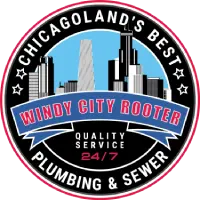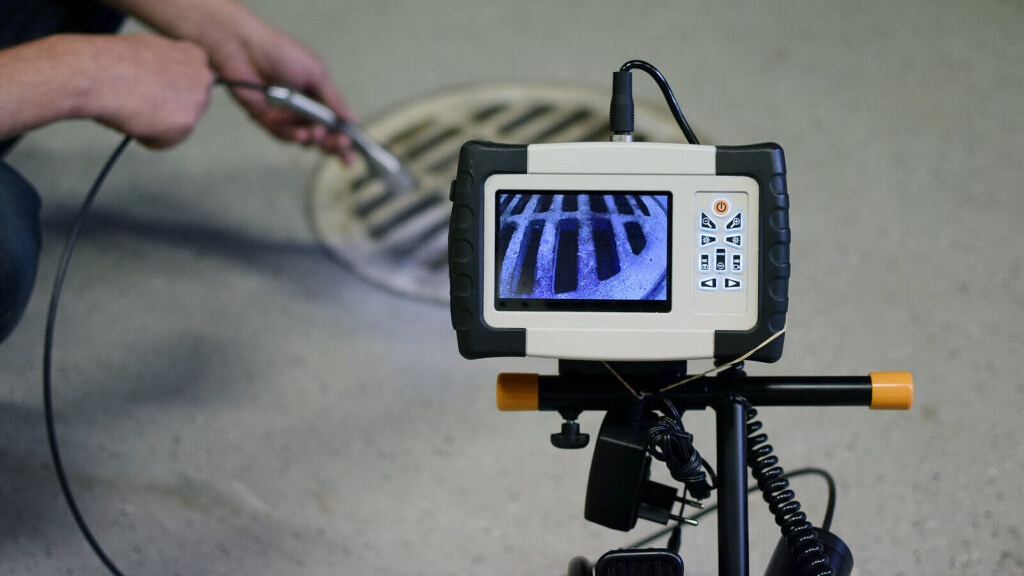Sewer camera inspections have proven to be a huge benefit for plumbers and homeowners alike. Getting to the bottom of your plumbing problems has historically presented a unique challenge since they are usually out of sight; behind walls, inside the pipes themselves, underground, etc. Short of digging up your whole sewer and/or plumbing system, it can be hard to see exactly what the problem is down there. Enter the sewer camera inspection.
Sewer camera inspections, or just video inspections, are an invaluable tool in the modern plumbers arsenal. By lowering a tiny camera on a wire through the plumbing, homeowners can plumbers alike can actually get eyes on whatever is actually causing your plumbing or sewer woes. And like the old saying goes, knowing is half the battle. Once you have a solid understanding of the issue at hand, it’s much easier to plan your next steps and figure out a fix that makes sense for your home. When it comes to plumbing diagnostics, there’s not much camera inspections can’t find. Which leads us to our next subject:
What Can Sewer Camera Inspections Find?
- Blockages/Clogs One of the most obvious uses for video inspections, getting eyes on blockages and clogs is a huge benefit to your sewer repair efforts, as it allows the plumber to see what kind of problem you’re dealing with. A number of things can cause blockages in your drains, including too much toilet paper, solidified cooking fats, oils, and greases (FOGs), dirt, and miscellaneous household waste products. Because so many things can cause the same problem, knowing exactly what’s preventing the flow of water and waste into your sewer will make it easier to break up and dislodge.
- Locating Your Lines Being underground, the average homeowner doesn’t really know where exactly their pipes are. This can prove problematic, as wayward tree/plant roots can spread too far out and damage them. Sewer camera inspections can help you locate where these pipes are in and around your property. Most cameras are equipped with at least a rudimentary location system, allowing you to pinpoint where the pipes are underground.
- System Materials Plumbing systems can be comprised of a number of types of materials: cast iron, PVC, PEX, copper, and galvanized steel, just to name the big ones. Again, without digging up your property and looking at the pipes directly, a lot of homeowners don’t have a reliable way to tell which type of plumbing they have. This is critical because different materials require different levels of care and maintenance. For example, cast iron pipes are prone to rust and need to be replaced every 50 years or so, whereas PVC pipes don’t. By sending a camera inspection into the pipes, homeowners and plumbers can see what type of plumbing they have installed and make informed decisions from there.
- Corrosion As previously mentioned, certain types of pipes like galvanized steel are prone to corrosion over time. While there are some telltale signs to see this without a camera inspection, the best and definitive way to determine the problem is the take a look at it with a camera.
What Can’t the Inspection Find?
As handy as they are, a sewer camera inspections isn’t the magical fix to any and all plumbing issues. Leaks are one of the primary blind spots of the camera inspections. Current camera technology prevents totally accurate visuals of the telltale signs of leaks. The camera being inside the pipe has a difficulty detecting the external issues. What’s more is that sewer pipes are often very thick, meaning that any holes observed by the camera may not go through the entire pipe wall. Ultimately, we have better and much more effective tools for leak detection including sonar technology.

